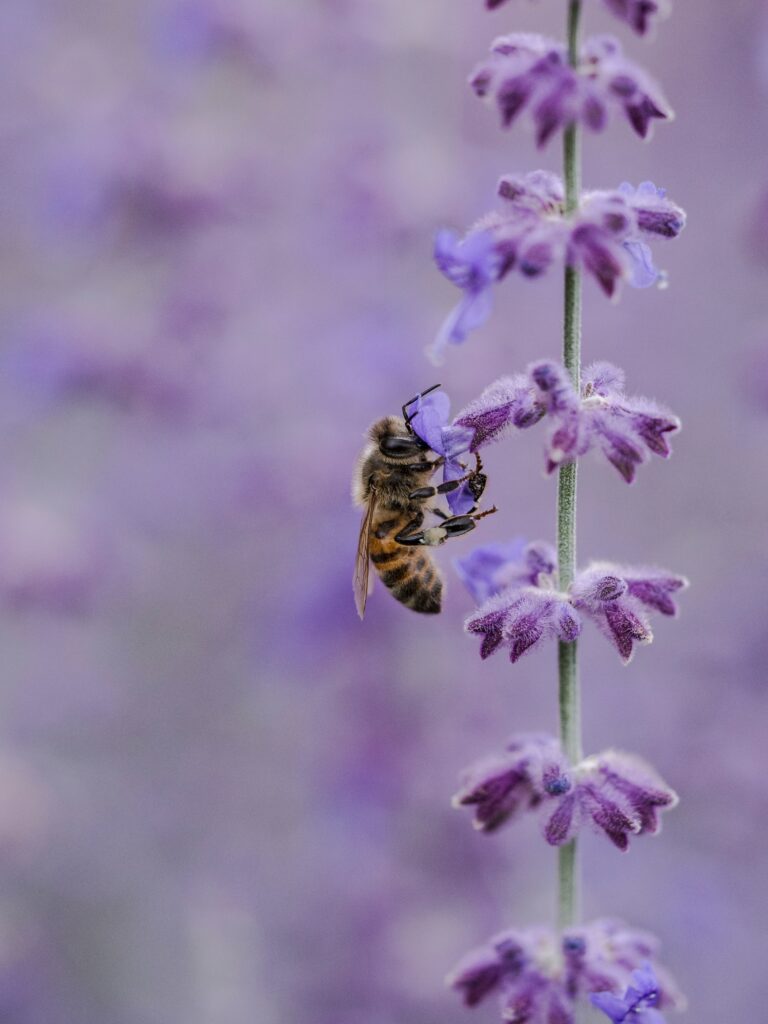Wild bees deliberately visit different flowers to regulate their intake of protein, fats, and carbohydrates, according to a new long-term study. Researchers from Northwestern University and the Chicago Botanic Garden tracked eight bumblebee species in the Colorado Rockies over eight years, creating a detailed nutritional map of their pollen sources.
By analyzing pollen samples, scientists found striking differences in nutrient content: some flowers offered as little as 17% protein, while others contained up to 86%. Seasonal changes also influenced pollen makeup, with spring blooms providing protein-rich pollen and late-summer flowers offering more fats and carbohydrates.
Nutritional Needs and Conservation
The study revealed that bee species occupy different nutritional niches. Larger bees with long tongues preferred protein-heavy pollen, while smaller species sought out more carbohydrate- and fat-rich options. Colonies also adjusted their diets as they grew, reflecting changing nutritional demands over time.
Researchers stressed that these findings highlight the importance of nutritional diversity in conservation efforts. Protecting a wide variety of flowering plants is crucial for sustaining bee populations, which face threats from habitat loss, climate change, and poor nutrition.
Paul CaraDonna, senior author of the study, emphasized that the research provides key insights for designing gardens and landscapes that support pollinators’ needs. Bee expert Michael Walsh added that the study proves bees do not forage randomly but instead display a remarkable collective intelligence.
The findings underline the vital connection between healthy pollinator diets, biodiversity, and global food security.



